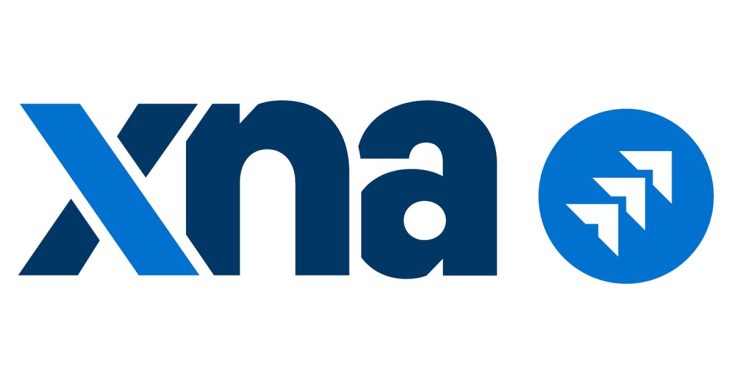XNA enplanements projected to exceed 800,000 in 2022
by September 21, 2022 1:46 pm 1,150 views

Executives said that Northwest Arkansas National Airport (XNA) in Highfill is on track to have its second-best year in enplanements amid a pilot shortage that’s stymied industry growth.
In an XNA board meeting Wednesday (Sept. 21), CEO Aaron Burkes said he expects the enplanements, or passengers flying out, to range between 825,000 and 830,000 in 2022, or about 90% of 2019 levels. The only year the enplanements exceeded 800,000 was 2019, when enplanements rose to 922,533 from 788,261 the previous year, the airport’s second-best year.
Between January and August 2022, enplanements were 544,732. That is down from the same period in 2019 when enplanements were 605,036 but higher than 518,398 enplanements over the same period in 2018. Also, it’s 54.6% higher than the 352,361 enplanements over the same period in 2021.
Burkes noted reports show enplanements are projected to return to 2019 levels in 2023, but he said this might be optimistic based on the possibility of a recession next year. He added that XNA’s enplanements took seven years to recover following the Great Recession.
“That’s a risk; it’s a headwind that we have to be realistic about as we budget for next year and as we look at our growth prospects for the upcoming few years,” Burkes said.
Enplanements have been recovering since the onset of the COVID-19 pandemic, but so far this year, Burkes said they have been choppy. XNA was closing in on 2019 numbers in April and May due to a rise in leisure travel, but enplanements fell in the following months.
He said than can be attributed to capacity issues amid a pilot shortage and the lack of available seats in the market. The United States is short about 8,000 to 12,000 pilots, or about 11% of the pilot population. Pilot pay is up about 50% in the past year or so, said Burkes, noting that the average salary for an Alaska Airlines captain was $341,000.
Andrew Branch, chief operating officer, said pilots of smaller planes are being recruited to larger carriers, leaving fewer pilots to fly the smaller aircraft.
Meanwhile, the U.S. industry is operating at about 80% seating capacity. The result is a higher load factor, or the percentage of seats filled. Burkes said XNA’s load factor is nearly 90%.
“Post-pandemic, we’re at the highest load factor possibly ever,” he said. “We’ve got a shortage of planes, mainly because of a shortage of pilots, so these planes are packed more full. We hear anecdotally all the time about planes that are 100% full. That’s led to a lot of disruption because if you get one cancelation for whatever reason, there’s no other plane to put them on.”
Burkes said that carriers have cut routes that use smaller planes. Before the pandemic, XNA had 40-50 flights daily. Now, it has 25-35 flights daily, but Burkes said the planes are bigger and more full.
Burkes said workers are returning to the office, and business travel rebounded. But it’s been moderating. Board member Mike Johnson attributed the lower enplanement numbers to business travel, which has been recovering, while leisure travel has been higher than in the past.
Still, Branch said business travel at XNA is more robust than nationally and cited Walmart for the strength.
“We stand at a stronger position because anybody who can come to Walmart – if you’re selling a product through Walmart and you have the opportunity to get in front of the buyer – you’re absolutely going to be here,” said Burkes, adding that companies with technology or legal issues can take care of issues virtually. “There are clearly some business flights that will never happen again.”
XNA officials also discussed the progress with the market share it loses to other large airports, including Tulsa International Airport and Springfield-Branson (Mo.) National Airport and that XNA’s airfares have become more competitive with other airports. Compared to its peer airports, XNA’s average airfares are about $18 higher. In 2018, the airfares were about $120 higher.
Burkes said airfares were $100 cheaper at Springfield-Branson National Airport than at XNA in 2018. Now, XNA airfares are $11 cheaper. Tulsa’s average airfares remain $48 cheaper than XNA’s, but the gap has narrowed from being $154 cheaper in 2018.
